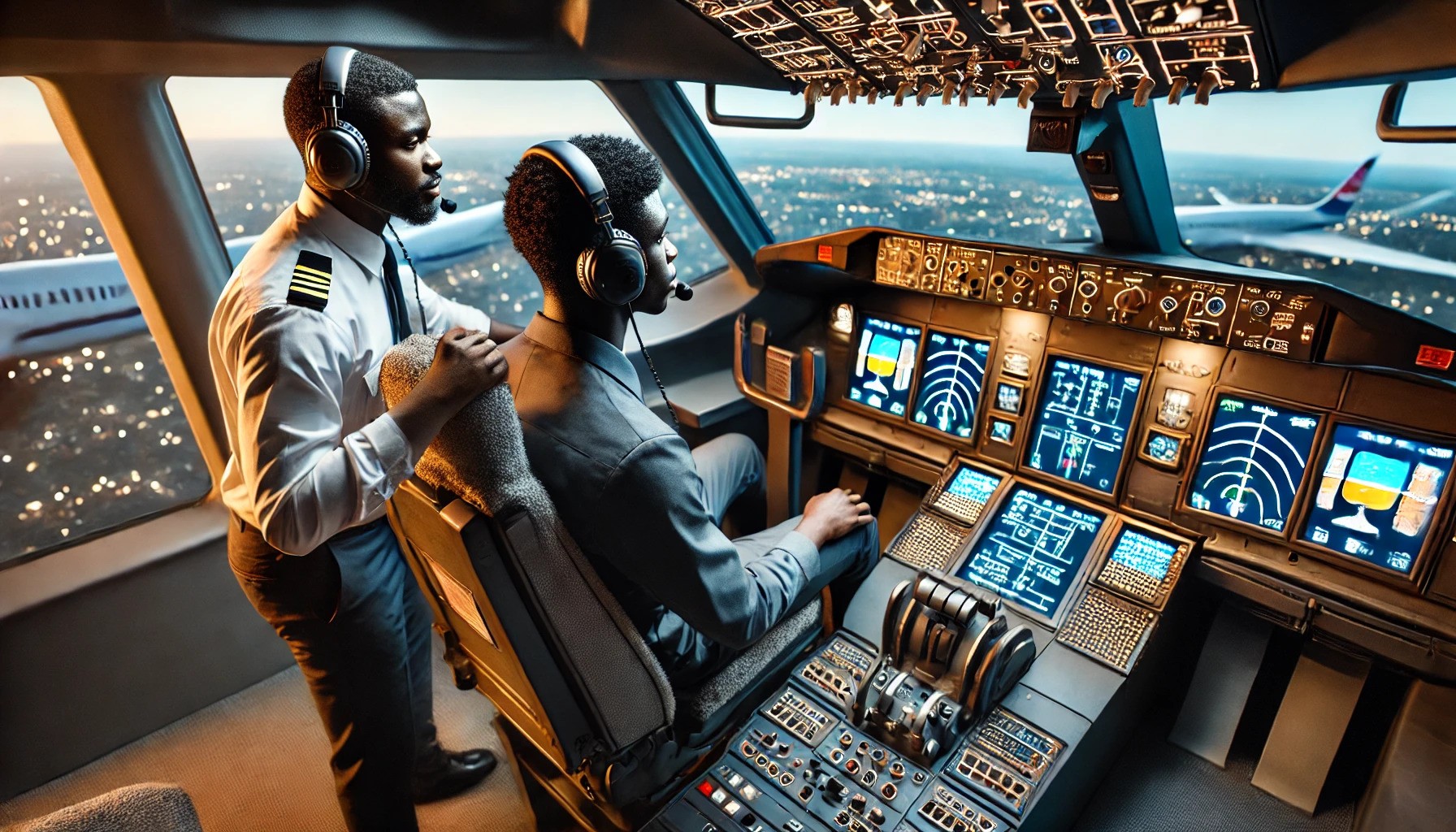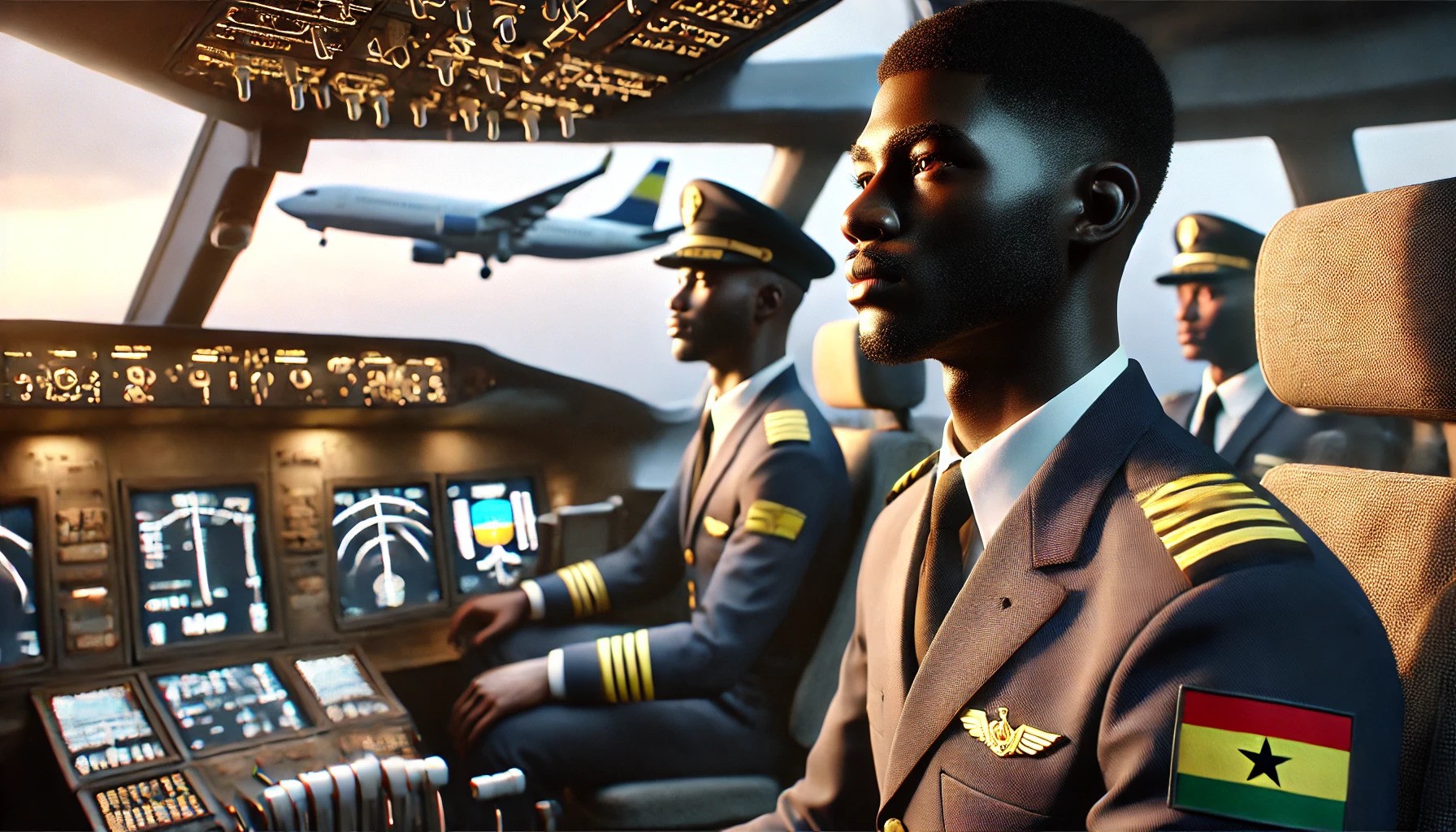Emergence of the pilot shortage
Studies have proven beyond every reasonable doubt that, regarding intense magnitude in our most likely scenarios, there is a global gap of 34,000 pilots by 2025. This could be as high as 50,000 in the most extreme scenarios.
However, with a more rapid recovery and greater supply shocks, this could be felt as early as late this year. Eventually, the impact of furloughs, retirements, and defections will create very real challenges for even some of the biggest carriers.
In Africa alone, due to lack of proper training in general, we must be looking at Europe and Asia to recruit pilots. This has necessitated the Pan Afrique Training Centre to affiliate to most of the global Aviation Training Academies to give more professional training in Ghana to at least, serve the African Region.
Pan Afrique Training Centre believes that, in the next Three (3) to Five (5) years, Ghana will begin to export pilots as a very good source of income to cushion the Aviation Industry.
An In-Depth Look At Global Pilot Demand
As briefly mentioned above, there are a host of factors that are playing a huge role in pilot demand, so it is important for those in the wider industry to understand how to target the aspects causing issues.
For instance, the price-point of flight training dictates that older, more financially established men would be able to afford the education and enter roles over a younger demographic who would opt for more financially viable careers. This increased the overall age of pilots and shortened the average years spent working, which then caused a more defined retirement age. To support this, the average age for pilots in the US in 2020 was 45.3 years old and industry experts are now looking to raise the average retirement age from 60 to 65. Nowadays, flight schools can see how these instances can be avoided by lowering costs and improving job entry upon graduation.
The average pilot age has also had another impact in more recent years; as technology progresses and fleets become better equipped, traditional training isn’t up to scratch anymore. This means that older pilots now need to be retrained or simply won’t be able to man newer aircraft.
With airlines and flight schools across the globe reacting to the potential ramifications that will come with an even greater global pilot shortage, we should hopefully be able to avoid issues like reduced flight capacity, increased costs for travelers and more.
In view of the factors above, PAN AFRIQUE FLIGHT TRAINING ACADEMY (PAFTA) is committed to give excellent flight Training in Ghana to serve the world. It is going to use State of the art Simulators, Aircrafts and other accoutrements for training from scratch through Private Pilot License (PPL) to Commercial Pilot License (CPL).
It is also targeting to be major exporter of pilots in the mere future.



